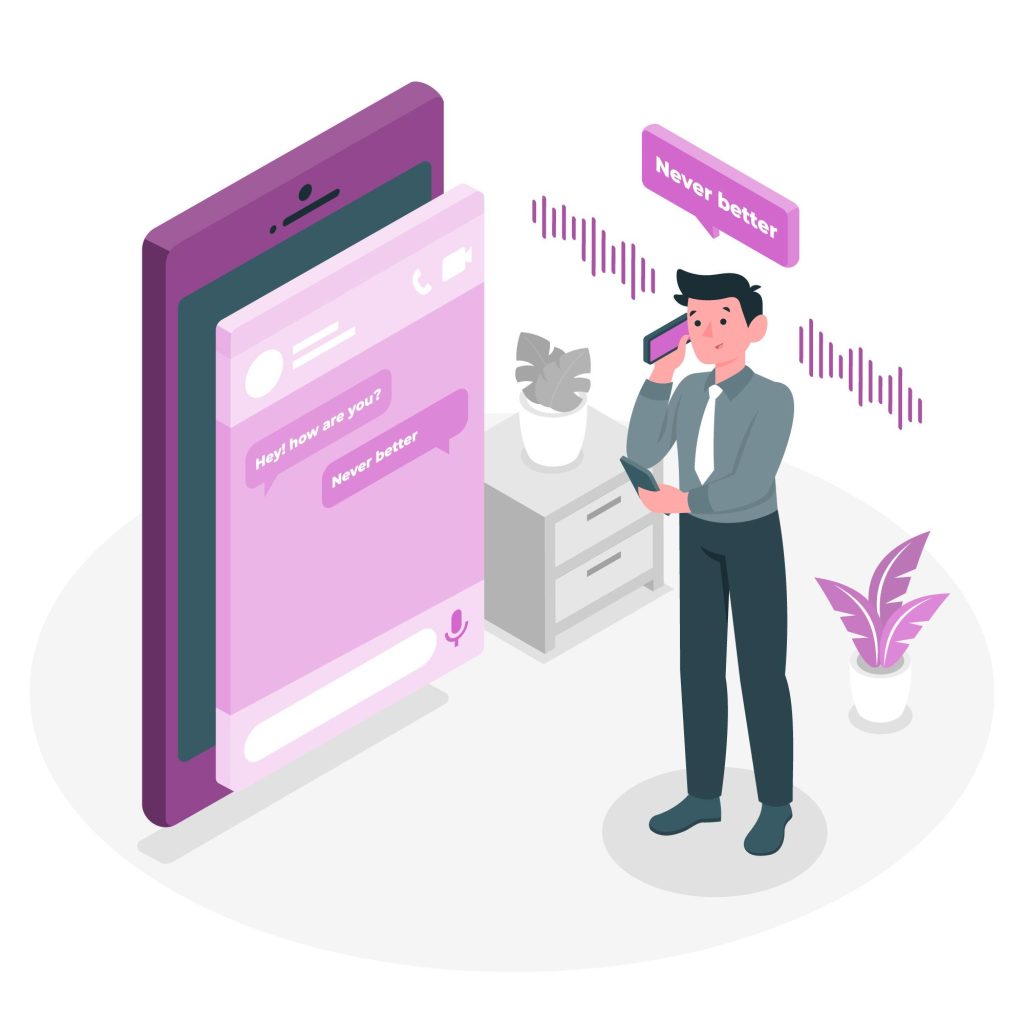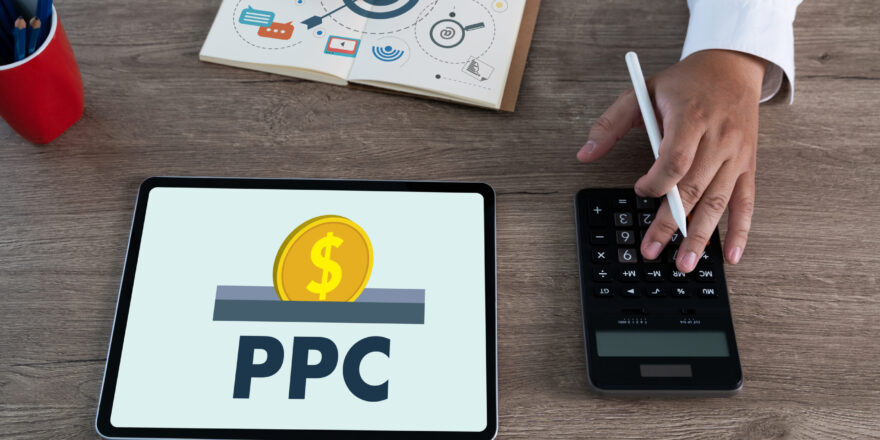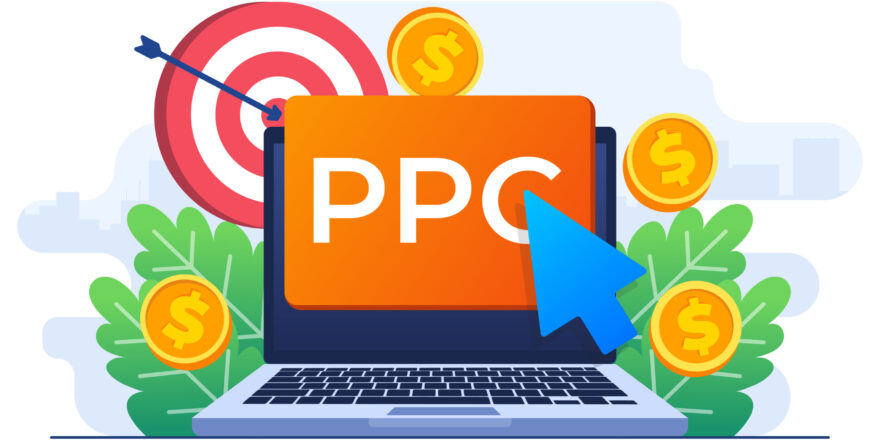In a world where every business is online and competition is fiercer than ever, understanding the nuances between traditional marketing and digital marketing has become essential. It’s not just about where your message appears, but how it’s crafted, delivered, and measured. As we settle into 2025, the line between marketing and digital marketing continues to blur — but the differences still matter greatly for brands looking to grow strategically.
Below, we break down the core differences, explore their evolving roles, and uncover why it’s crucial to recognize how each fits into your business strategy.
1. Traditional Marketing vs Digital Marketing: What’s the Core Difference?
Traditional marketing refers to promotional strategies that use offline channels. Think TV commercials, radio spots, billboards, print ads, and direct mail. These tactics are typically broader, reaching a wide audience with less targeting.
Digital marketing, on the other hand, is all about using digital channels — such as websites, social media, search engines, and email — to reach and engage a specific audience. It offers precision, interactivity, and measurable results.
Key differences:
- Channel: Offline (traditional) vs Online (digital)
- Audience targeting: Broad vs Granular
- Cost structure: Often higher upfront (traditional) vs scalable and flexible (digital)
- Measurement: Difficult to track ROI (traditional) vs detailed analytics (digital)
2. Why the Difference Matters in 2025
In 2025, marketing is no longer “one size fits all.” The platforms, technology, and consumer behavior have all evolved.
Here’s why the distinction is more important than ever:
- Consumers are digital-first: 90%+ of initial brand interactions now begin online.
- Personalization is key: Digital marketing enables hyper-targeted messaging based on user behavior, location, and preferences.
- Budget accountability: Brands want to see ROI — and digital campaigns provide performance metrics in real time.
- Speed and agility: Digital strategies can be launched, paused, or pivoted quickly.
Understanding the differences helps businesses allocate resources better, craft smarter campaigns, and align marketing efforts with their growth goals.

3. When Traditional Marketing Still Works
While digital marketing dominates most industries, traditional channels still have value — especially in local or specific demographic-driven markets.
Use traditional marketing when:
- You’re targeting an older or less digitally active audience.
- You’re running a local event or promotion.
- Brand visibility via physical placements (billboards, print) has strong value.
- You’re reinforcing digital efforts with tangible touchpoints (e.g., flyers driving to a website).
Pro tip: Traditional and digital can work together — for instance, using QR codes on printed brochures to drive traffic online.
4. How Digital Marketing Has Evolved in 2025
Today’s digital marketing is vastly different from just five years ago. AI, automation, and platform-specific strategies have revolutionized how campaigns are created and optimized.
Major evolutions include:
- AI-driven personalization: Content, timing, and targeting are smarter than ever.
- Omnichannel integration: Social, email, SEO, and paid media now operate in seamless sync.
- Voice and visual search: Content must now be optimized beyond text.
- Influencer evolution: Micro and nano influencers are delivering high ROI.
- Data privacy awareness: Marketing strategies must now respect and comply with evolving privacy regulations.
Staying updated isn’t optional — it’s essential to staying relevant.

5. How to Blend Both for Maximum Impact
Rather than choosing one over the other, the smartest brands use both traditional and digital marketing strategically.
Blend your efforts by:
- Using traditional channels to build initial brand recognition.
- Driving offline audiences to digital spaces (via QR codes, URLs, or app downloads).
- Retargeting offline audiences online using geofencing or event-based ads.
- Aligning messaging across all platforms to reinforce brand identity.
Example strategy: Use radio ads to promote an exclusive online offer — trackable via a custom landing page.
Conclusion: The Smart Marketer’s Mindset in 2025
The real difference between marketing and digital marketing lies in how targeted, data-driven, and measurable your efforts are. In 2025, understanding this distinction is critical — but even more powerful is knowing how to integrate both to create unified, results-driven campaigns.
Don’t think in silos. Think in synergy. The businesses that grow this year and beyond will be those that see marketing not as digital or traditional — but as an ecosystem that works together to move the customer journey forward.





